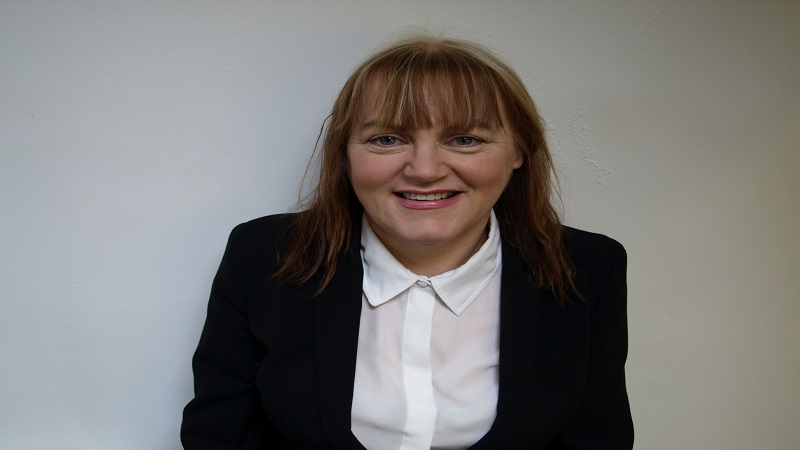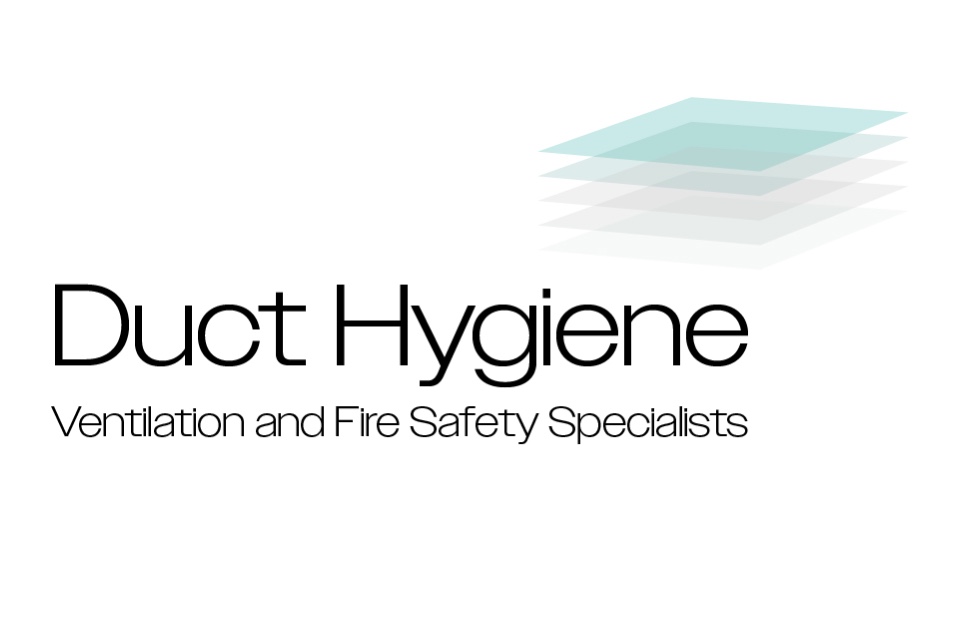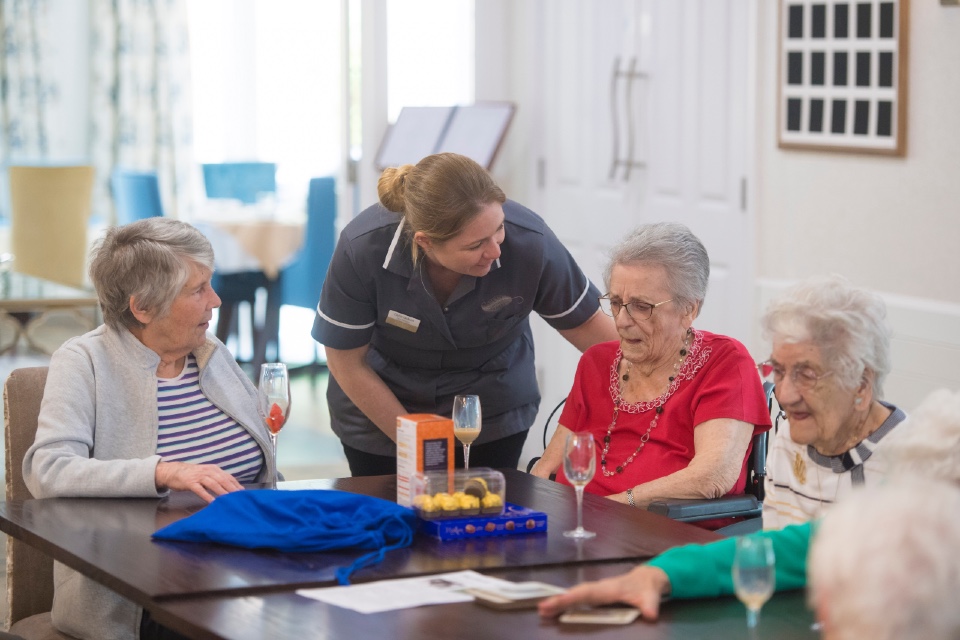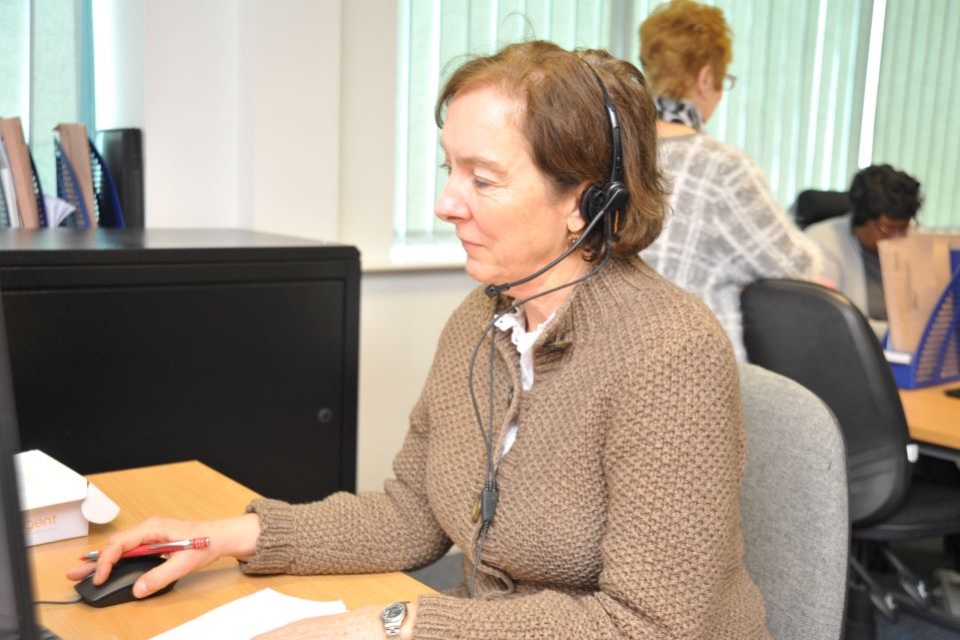VAT is a particularly complex and difficult-to-decipher area for businesses of differing sizes across a range of sectors, and palliative care and nursing homes are no exception to this confusion.
Unfortunately, many institutions experience considerable struggles when calculating VAT, and many are unaware of the opportunity to make the most of particular reliefs that could help to make valuable savings.
On the other hand, some care home managers wrongly believe worrying about VAT is pointless, when the reality is actually much more complicated. Here, we will take a look at ways in which managers and owners can make the most of the reliefs and discounts available to them.
Check payments regularly
Care homes are known to be exempt from VAT, meaning they cannot charge VAT on sales, or recover VAT on costs. However, care providers are subject to VAT payments on the majority of goods and services that they consume. It is not uncommon for care homes to be wrongly charged on goods and services on purchases from their suppliers when VAT is not actually applicable to that supply. For this reason, it is vital that checks are carried out regularly to ensure they are not wrongly charged. In some cases, the suppliers will charge VAT, despite the fact they are not VAT-registered, so checks to ensure that new suppliers have a valid VAT number need to be conducted to make sure this is not the case.
In addition, it is also known for care homes to be wrongly charged VAT for the printing of items including books, brochures and pamphlets, pushing up expenditure considerably. However, VAT regulations state that 0 per cent VAT should be charged on these items when they are being sold, therefore requesting a credit note and refund of the VAT paid to the supplier is recommended.
Reliefs and discounts
As with regular businesses across a number of industries, care home providers have a lack of knowledge when it comes to VAT. This means that many organisations fail to take advantage of the few VAT reliefs that are available. Taking some time to brush up their knowledge could help care home providers save a considerable amount of money.
One example of a relief that is available is on staffing. Nurses brought in through an agency to perform medical care are actually non VAT-able, while the same applies for supervised staff in certain circumstances. Having the knowhow to ensure that VAT is not being paid on such members of staff could reduce costs by as much as 20 per cent.
Care homes are able to make valuable savings on catering by coming to an agreement with a catering company, which will then act as an agent for buying in provisions and a principal in managing the service. This approach means that the only VAT-able portion charged to the care home would be the management fee, while the remaining food purchased in on the care home’s behalf would be zero-rated for VAT.
Building transactions
Considerable savings can also be made on building transactions. For instance, a new-build property constructed for the purpose of being used as a care home can be constructed on a VAT-free basis, if the business is able to prove it is to be used for qualifying purposes. In addition, when a nursing or care home is moving into a building that has been renovated from a commercial building or dwelling into an institute, the conversion work will be subject to the reduced rate of 5 per cent VAT.
Running a care home can be incredibly stressful, and administration tasks such as VAT and other costs can be pushed to the bottom of the pile. However, those care providers that do take the time to research VAT could end up reaping the benefits by making considerable savings on what are known to be costly factors such as staffing, catering and printing. Having this know how gives managers more time to focus on providing high-quality care to the people who need it.
Find out more about The VAT People here
Tamara joined HMRC as a VAT inspector in 1991 covering such roles as large trader assurance, small businesses, computer systems audit and debt management before jumping ship and joining the “real” business world as a VAT advisor in 1998 passing her AIIT exams in 1999. This wealth of experience allows Tamara to see VAT issues from both sides of the fence which is useful when negotiating with HMRC as well as bringing an ability to find creative and workable solutions to VAT issues.






